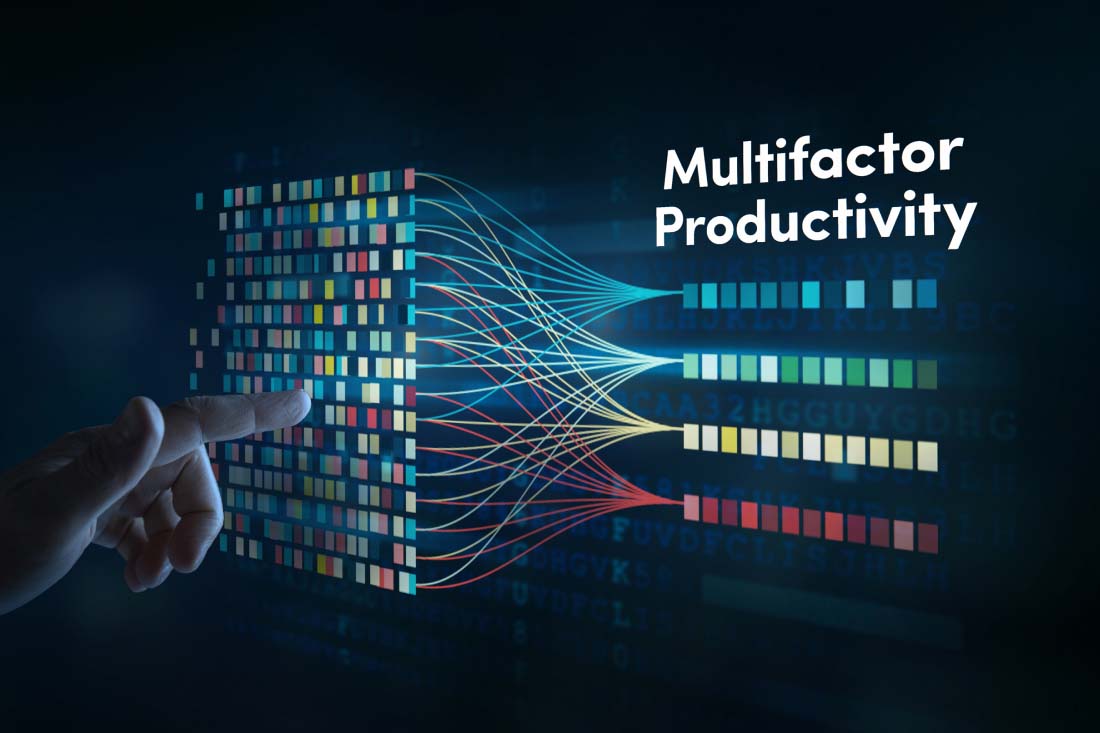Organizational effectiveness measures a business’s ability to achieve goals efficiently and sustainably. In today’s business landscape, organizations need to strive for this effectiveness to stay ahead of the game.
In this post, we’ll discuss organizational effectiveness in detail — what it means, why it’s important and key components, plus strategies to measure and enhance it.
What is organizational effectiveness?
Organizational effectiveness is the extent to which an organization achieves its stated goals and objectives. It goes beyond checking a list to encompass financial performance, customer satisfaction, employee engagement, operational efficiency and strategic alignment. It measures how well an organization uses its resources and capabilities to produce desired outcomes.
Organizational effectiveness is not a one-size-fits-all concept. Different industries and organizations use unique metrics and key performance indicators to measure it. For example, a tech startup may prioritize innovation and speed to market while a government agency focuses on regulatory compliance and public trust.
6 Indicators of Organizational Effectiveness
To understand how effective your organization is, it’s important to look at key indicators that show its overall health and performance. These metrics below reveal how well your business is meeting its goals, using resources wisely and supporting growth.
- Productivity: High output and efficient work practices.
- Engagement: Satisfied, committed employees who contribute to success.
- Financial Performance: Metrics like profitability and revenue growth.
- Customer Satisfaction: Positive feedback and loyalty through quality service.
- Operational Efficiency: Streamlined processes and optimal resource use.
- Innovation: Adaptability and implementation of new ideas or technologies.
Why is organizational effectiveness important?
Organizational effectiveness impacts long-term success and sustainability. When a business operates effectively, it delivers high-quality products and services, satisfies customer needs, attracts and retains talented employees and outperforms competitors. A study from Bain & Company found organizations that prioritize effectiveness are four times more likely to report efforts contribute to growth and four and half times more likely to report better customer experiences.
Organizational effectiveness also plays a significant role in shaping company culture and fostering a sense of purpose among employees. When people know their efforts contribute to the overall success of the organization, morale, motivation and job satisfaction all increase.
Organizational effectiveness models
Businesses use many different models to determine effectiveness based on goals. Every organization will have its own KPIs and metrics, but common models for assessing organizational effectiveness include:
- Goal model: The most traditional model measures how frequently and effectively an organization meets its goals. While the goal approach is simple, it doesn’t provide actionable insights to improve processes.
- Internal process model: The internal process model measures how smoothly operations function and provides a more in-depth view of what happens inside an organization. While this model encourages continuous improvement, organizations that use it may lose sight of outside opportunities as they focus more on internal processes.
- Resource-based model: With this model, the organization considers the value of its resources. The rarer the resource — like advanced technology, a strong brand or proprietary software — the stronger its organizational effectiveness.
- Strategic constituencies model: In the strategic constituencies model, an organization measures its effectiveness by looking at how well it meets the expectations of interest groups that could threaten the business. These interest groups, or constituencies, include managers, employees, customers, suppliers, governments or regulators and owners.
- Stakeholder model: Similar to the strategic constituencies model, the stakeholder approach includes those indirectly affected by the organization, such as employees’ family members, larger communities or activist groups who may not have the power to influence change.
- Competing values model: Based on Cameron and Quinn’s competing values framework, this model uses an organization’s ability to reconcile competing values to measure effectiveness. Examples include customer satisfaction, employee wellbeing, maximized profits, innovation, internal structure, employee autonomy and collaboration.
- Abundance model: This model measures an organization’s impact on humanity, along with its ability to balance positive values (excellence) with negative ones (difficulty).
- Legitimacy model: The legitimacy model looks at how legitimate the public finds the organization to measure effectiveness. It uses metrics such as an organization’s societal impact and brand loyalty.
Strategies to achieve organizational effectiveness with workforce analytics
It’s not enough to define organizational effectiveness for your organization or outline how you’ll measure it. Data collection and analysis are key to driving operational effectiveness. If you don’t have a baseline, you can’t measure changes or set measurable goals. Use these tested strategies to achieve organizational effectiveness with workforce analytics:
Align on strategy and goals
The first step in achieving operational effectiveness is aligning your strategy and goals across the organization. When team members understand how their work fuels success, they contribute to growth in more innovative ways.
A key component of strategic alignment is communicating goals and objectives to the entire organization. This encourages buy-in on structural changes from executives, employees and other stakeholders, which increases the likelihood of success.
Improve the working environment
A strong component of effectiveness is how the workplace functions. This includes finding better tools and technology to empower employees to complete work efficiently and at a high level of quality. Project management tools, collaboration software and communication tools are all important for employee effectiveness.
Other ways to improve the working environment include removing barriers to productivity, such as distractions and unnecessary meetings. Many employers also use data to determine if employees are more productive when working remotely, in the office or in a hybrid environment.
ActivTrak’s productivity monitoring platform gives employers real-time insight into how, when and where employees are most effective. Deep insights into how employees use technology empower leaders to implement new tools with confidence or provide training on tools that aren’t leveraged to their full potential.
Prioritize engagement and well-being
Beyond a functioning work environment, employee well-being and engagement also impact organizational effectiveness. Low employee engagement impacts organizations in many negative ways, including lower innovation, lower productivity and higher rates of turnover and absenteeism.
Burnout is also a major concern for employers today. If employees have too much work to do and not enough time or resources to accomplish tasks, they’re more likely to burn out. The effects of burnout cascade through an organization, pushing work to other colleagues struggling under heavy workloads and impacting employee morale.
ActivTrak provides employee engagement analytics, empowering leaders to make data-driven decisions on how to improve engagement. Our tools also give employers the data they need to measure return on investment from employee experience programs and identify opportunities to improve employee well-being and engagement even further.
Adjust inefficient processes
Efficient processes are a foundational aspect of effective organizations. If processes don’t work for your team, employees can’t finish tasks and become frustrated and disengaged.
Employees and managers must understand and champion processes to implement them. This requires clear communication and buy-in from team members at all levels of the organization.
ActivTrak reveals inefficient processes, identifies areas for improvement and provides actionable processes improvement insights. Leaders use it to pinpoint bottlenecks, recurring issues and which employees need more training to refine processes.
Invest in continuous training and development
As your organization grows, your goals are likely to change. At the same time, tools and technology will continue to advance and provide new opportunities to improve effectiveness.
By investing in continuous training and development for your employees, you future proof your organizational effectiveness in several ways. First, well-trained employees are more productive and effective in completing tasks at higher standards. Second, employees are more likely to find innovative ways to improve the effectiveness of the entire organization. Finally, employees who have clear paths toward leadership are more likely to stay with an organization for a long time, providing growth for the business as they learn and develop.
ActivTrak’s workforce analytics gives employers insights to inform training and development programs and measure their effectiveness accurately. Businesses that leverage this data maximize effectiveness and make fact-based decisions that lead to better outcomes for everyone.
Adjust your organizational effectiveness based on results
Workforce analytics gives organizations data to inform decisions so they can change course in their organizational effectiveness journeys as needed. ActivTrak provides many data points to reveal which effectiveness strategies are working and where to make improvements.
Successful organizational effectiveness programs require change, and workforce data provides the proof you need to communicate reasons for changes — and show stakeholders how effectiveness improves over time.
Measure and achieve organizational effectiveness with ActivTrak
Organizational effectiveness is essential for businesses to thrive in a competitive environment. It requires a multifaceted approach encompassing leadership and management, communication and collaboration, performance metrics, clear goals and objectives, a positive work environment and continuous improvement. Successful businesses know to prioritize organizational effectiveness strategies for long-term success and sustainable growth.
Get the insights and tools you need to enhance employee productivity, foster well-being and make informed decisions with ActivTrak. Our comprehensive workforce analytics platform, trusted by over 9,500 customers, gives you visibility into your team’s performance and empowers you to optimize outcomes for sustainable growth. From managing a hybrid or remote workforce to improving engagement or streamlining processes, ActivTrak has a solution tailored to your needs.
Request a demo today to discover how ActivTrak can help you realize your organization’s full potential.





